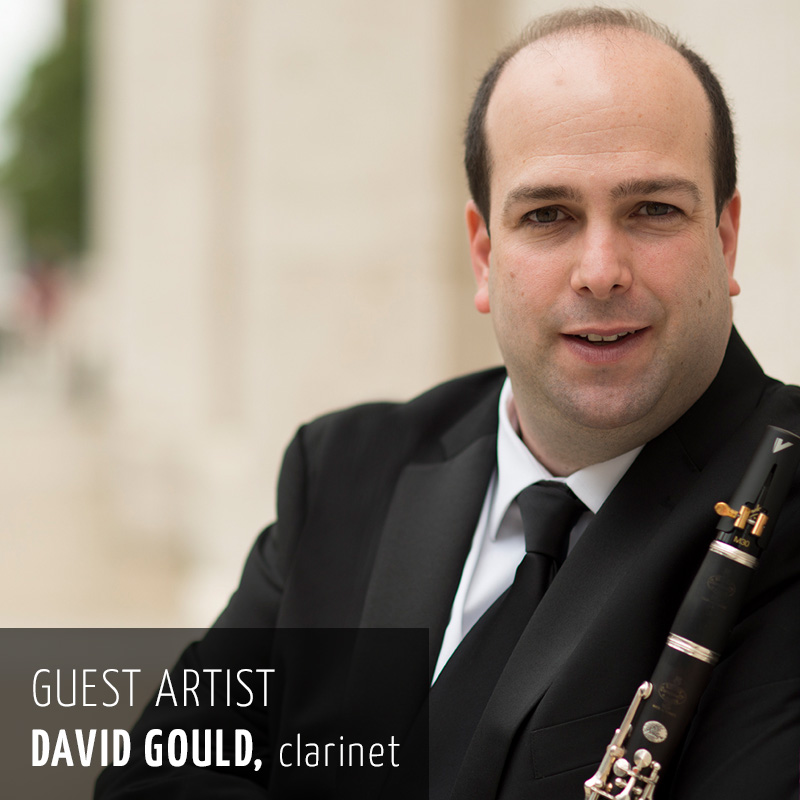
February 22-23 Classical Concert
January 30, 2020VSO Chamber Orchestra Performance
February 27, 2020Program Notes
by J. Michael Allsen
Albert Roussel (1869-1937)
Suite No.2 from Bacchus et Ariane, Op.43
Roussel’s ballet score Bacchus et Ariane was composed in 1930, and the ballet was premiered at the Paris Opéra on May 22, 1931. The suite heard here was first played as a concert piece by the Paris Symphony Orchestra, directed by Pierre Monteaux, on February 2, 1934. Duration 21:00.
Albert Roussel was one of those rare musical “late bloomers” who emerged as a first-rate composer. He did not complete his training until he was almost forty, but by then had worked himself into a comfortable teaching post at the Schola. With the exception of his monumental third symphony, Roussel’s works are all too seldom heard today. Never a member of the avant garde, Roussel nevertheless remained open to many influences and was a strong champion of the more experimental music of younger composers.
Roussel’s ballet score Bacchus et Ariane, composed in 1930, is based upon the Classical myth of Ariadne, princess of Crete. The most well-known part of the story has her falling in love with the Greek hero Theseus and helping him to defeat the horrible Minotaur. Ariadne is later abandoned by Theseus on the island of Naxos, where she encounters the god Bacchus (Dionysus) and becomes his queen. The ballet, featuring choreography by Serge Lifar and sets by painter Giorio de Chirico, was a success, and Roussel published two suites from its score—the music of the suites largely unchanged from the music of the ballet’s two acts. Act I begins on Naxos, where Theseus, Ariadne, and their companions have landed, and are celebrating his defeat of the Minotaur. A mysterious stranger appears, enveloping Ariadne in his cloak and putting her to sleep. He reveals himself to be Bacchus, and orders Theseus and his companions to leave. He then seduces the sleeping Ariadne in her dreams, and the two dance together.
The Suite No.2 covers the action of Act II, beginning with the quiet music of The Slumber of Ariadne, featuring a hushed duet between solo viola and bassoon. In the next section, she awakens, only to find herself apparently abandoned and alone on the island. The music becomes briefly turbulent as she decides to throw herself into the sea, when suddenly Bacchus appears from behind a boulder and she falls into his arms. Bacchus Dances Alone is an almost frantic scherzo in 6/8. The Kiss is all romantic seriousness, however, followed by the magical music that represent Bacchus’s spell, turning her into a goddess and disjointed music representing the god’s followers. In Dance of Ariadne and Bacchus, they dance an almost savage duet together, followed by an extended, wild Bacchanale for the entire company. The exalted music at the conclusion represents The Coronation of Ariadne, as Bacchus reaches up to the sky for handful of stars to crown his new queen.
Maurice Ravel (1875-1937) Boléro Ravel composed this work in 1928 and its premiere was at the Paris Opéra on November 22, 1928. Duration 17:00. Boléro was written as a ballet score for dancer Ida Rubinstein. Her ballet, a solo dance set in a Spanish tavern, called for a Spanish idiom and she originally suggested a transcription of pieces from Iberia by Isaac Albéniz. This proved to be impossible due to copyright restrictions and instead Ravel produced an entirely new and innovative score based on a stylized boléro rhythm—a folk dance of southern Spain. The ballet production was successful, but Boléro proved to be phenomenally popular as a concert work and it was promptly performed across Europe and America. Not everyone liked it—one American critic called it “...the most insolent monstrosity ever perpetrated in the history of music. From the beginning to the end of its 339 measures, it is simply the incredible repetition of a single rhythm....and above it is the blatant recurrence of an overwhelmingly vulgar cabaret tune...” Ravel’s Boléro has a constantly-repeated two-part theme. There are also no changes in harmony in the traditional sense: the harmony is an unwavering C Major for the first fifteen minutes of the piece. The form is instead a constantly-evolving orchestration, changing the color and gradually adding all of the instruments of an expanded orchestra that includes such unusual timbres as piccolo trumpet, oboe d’amore and three saxophones. Underlying all of this is the unchanging boléro rhythm played by pizzicato strings and single snare drum—in fact, one of the most challenging percussion parts in the orchestral literature. The two parts of the theme—each repeated in the form AABB—reappear some eighteen times over the course of the piece. There is a kind of inexorable growth until the very end, when without warning, the harmony abruptly changes to E Major. This seems to have been Ravel’s way of breaking the tremendous momentum of the piece—by this point it has reached critical mass and the end is not a traditional coda, but more of an exhausted collapse. ©2020 by J. Michael Allsen
Maurice Ravel (1875-1937) Boléro Ravel composed this work in 1928 and its premiere was at the Paris Opéra on November 22, 1928. Duration 17:00. Boléro was written as a ballet score for dancer Ida Rubinstein. Her ballet, a solo dance set in a Spanish tavern, called for a Spanish idiom and she originally suggested a transcription of pieces from Iberia by Isaac Albéniz. This proved to be impossible due to copyright restrictions and instead Ravel produced an entirely new and innovative score based on a stylized boléro rhythm—a folk dance of southern Spain. The ballet production was successful, but Boléro proved to be phenomenally popular as a concert work and it was promptly performed across Europe and America. Not everyone liked it—one American critic called it “...the most insolent monstrosity ever perpetrated in the history of music. From the beginning to the end of its 339 measures, it is simply the incredible repetition of a single rhythm....and above it is the blatant recurrence of an overwhelmingly vulgar cabaret tune...” Ravel’s Boléro has a constantly-repeated two-part theme. There are also no changes in harmony in the traditional sense: the harmony is an unwavering C Major for the first fifteen minutes of the piece. The form is instead a constantly-evolving orchestration, changing the color and gradually adding all of the instruments of an expanded orchestra that includes such unusual timbres as piccolo trumpet, oboe d’amore and three saxophones. Underlying all of this is the unchanging boléro rhythm played by pizzicato strings and single snare drum—in fact, one of the most challenging percussion parts in the orchestral literature. The two parts of the theme—each repeated in the form AABB—reappear some eighteen times over the course of the piece. There is a kind of inexorable growth until the very end, when without warning, the harmony abruptly changes to E Major. This seems to have been Ravel’s way of breaking the tremendous momentum of the piece—by this point it has reached critical mass and the end is not a traditional coda, but more of an exhausted collapse. ©2020 by J. Michael Allsen
